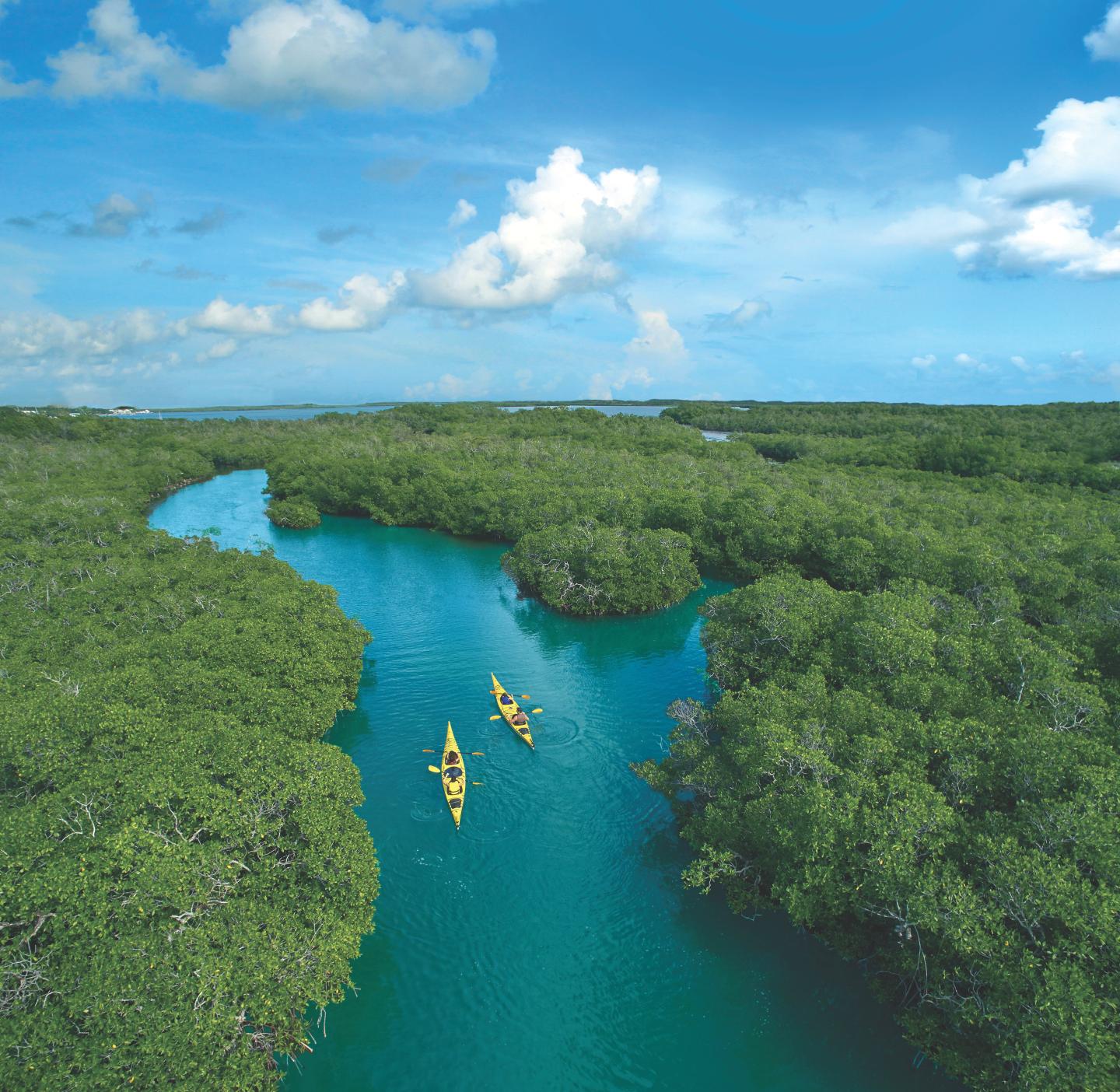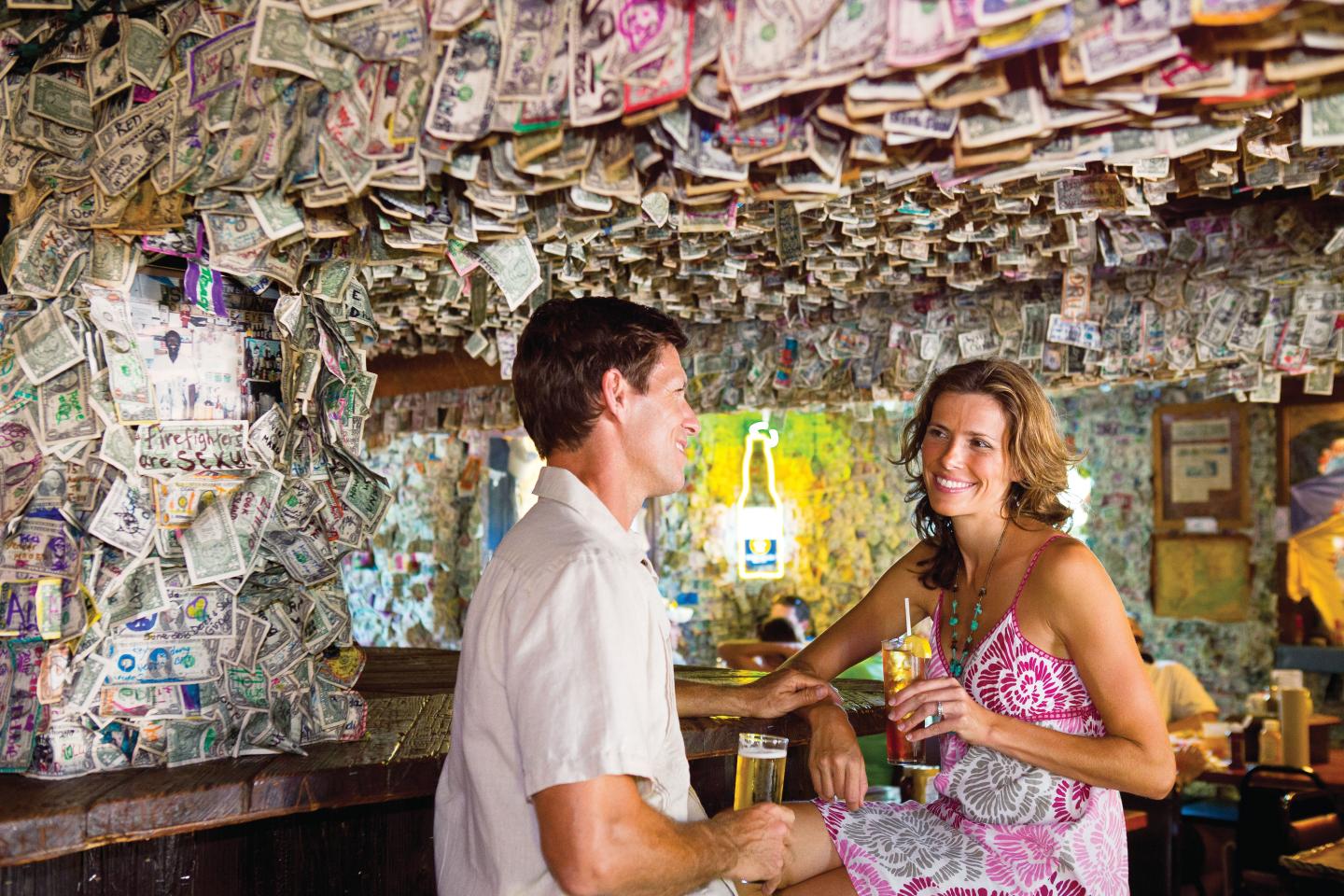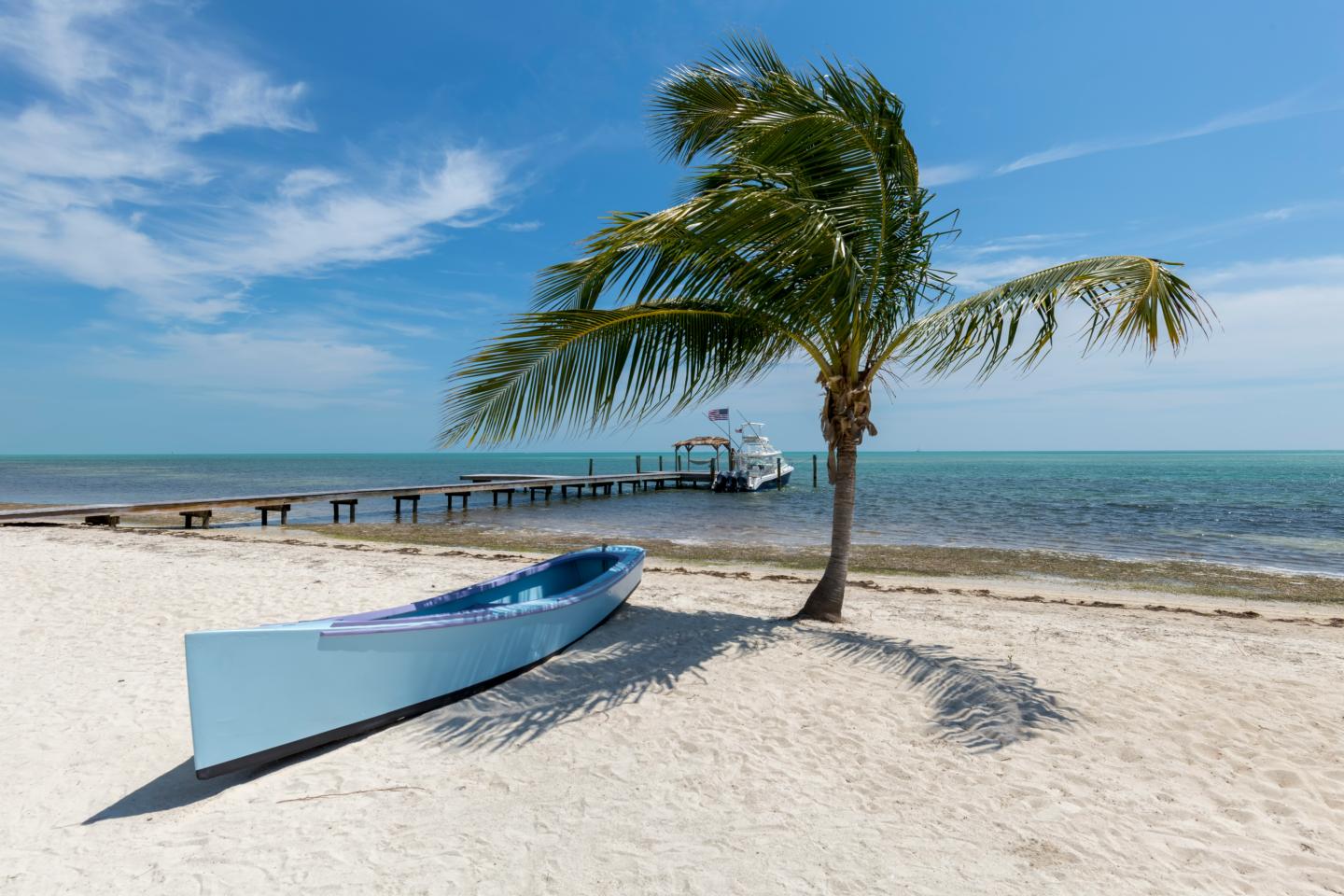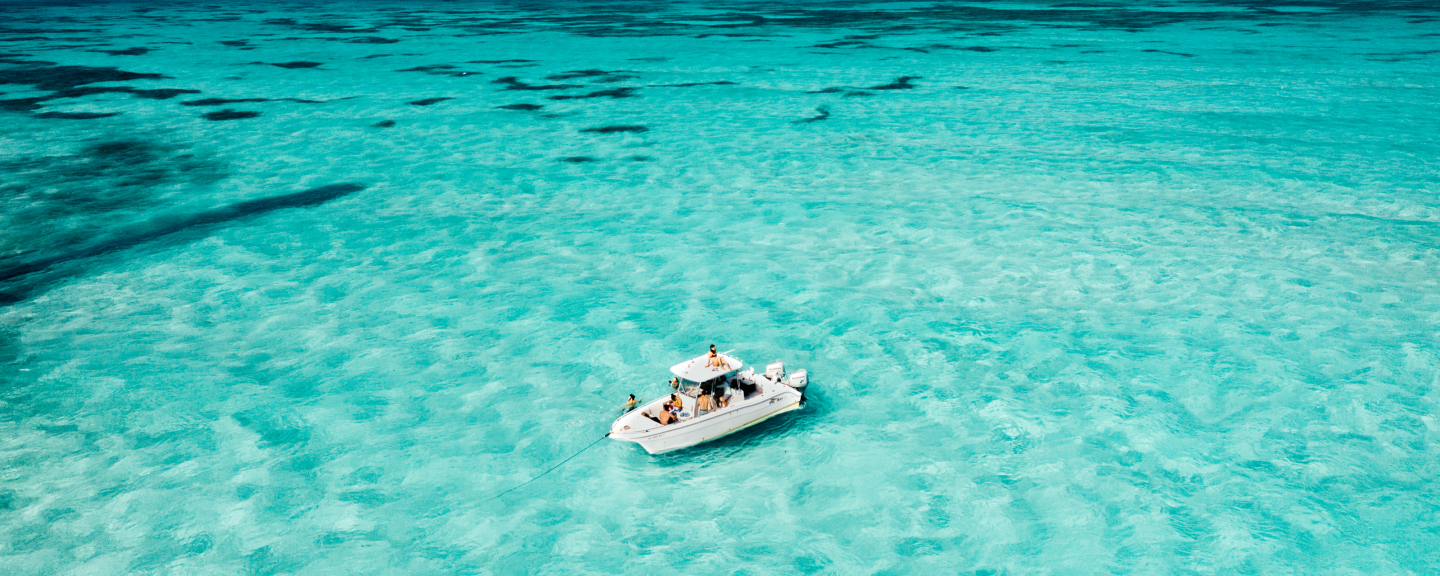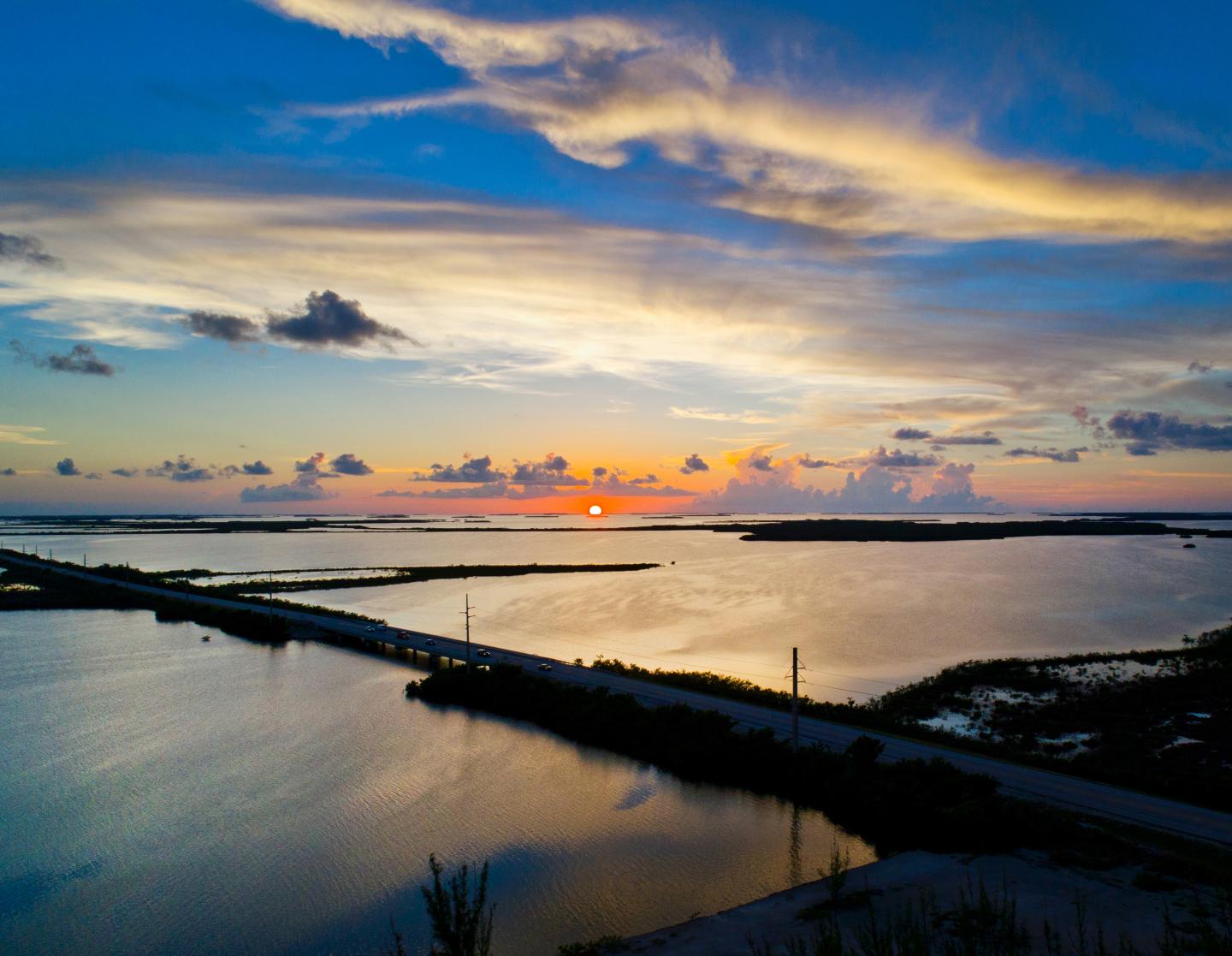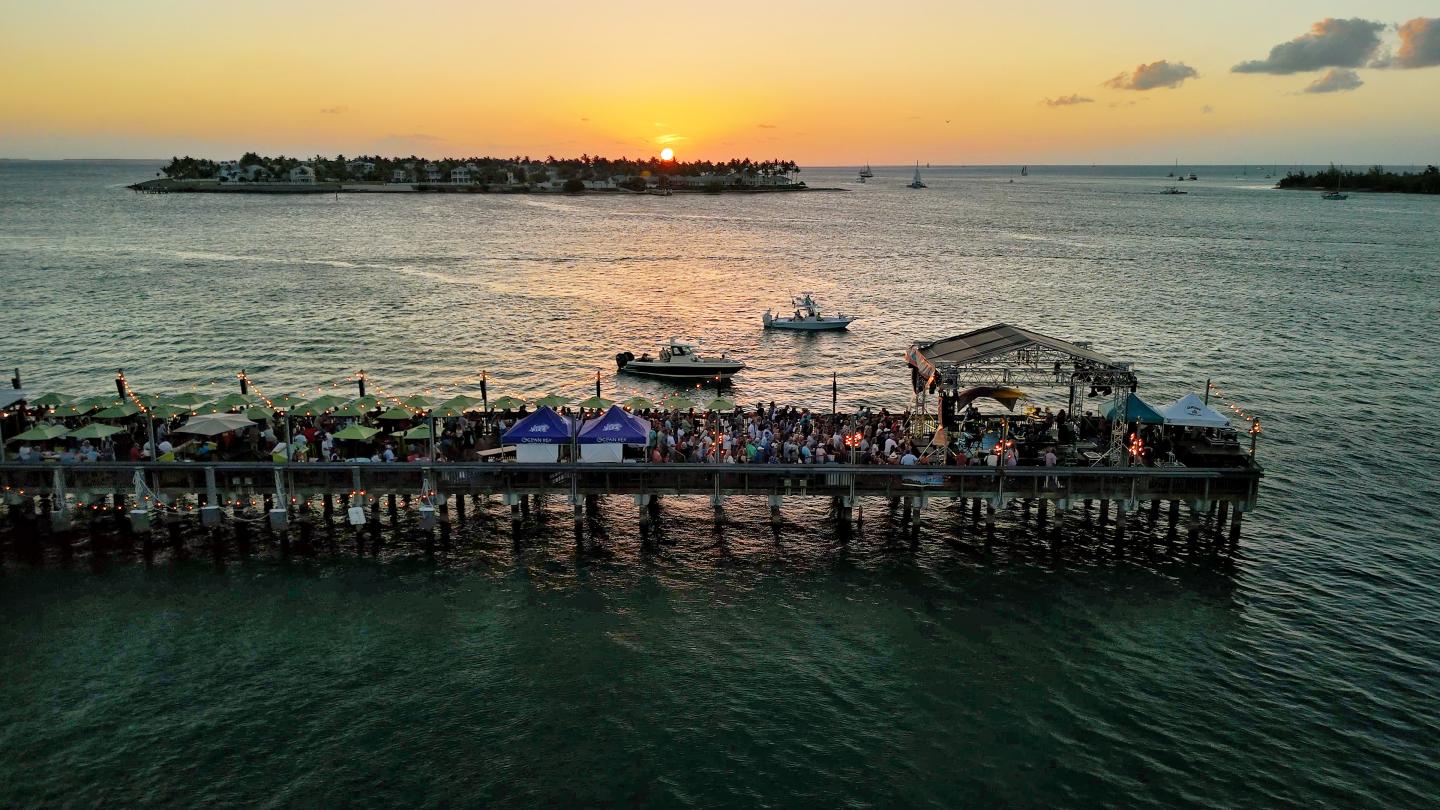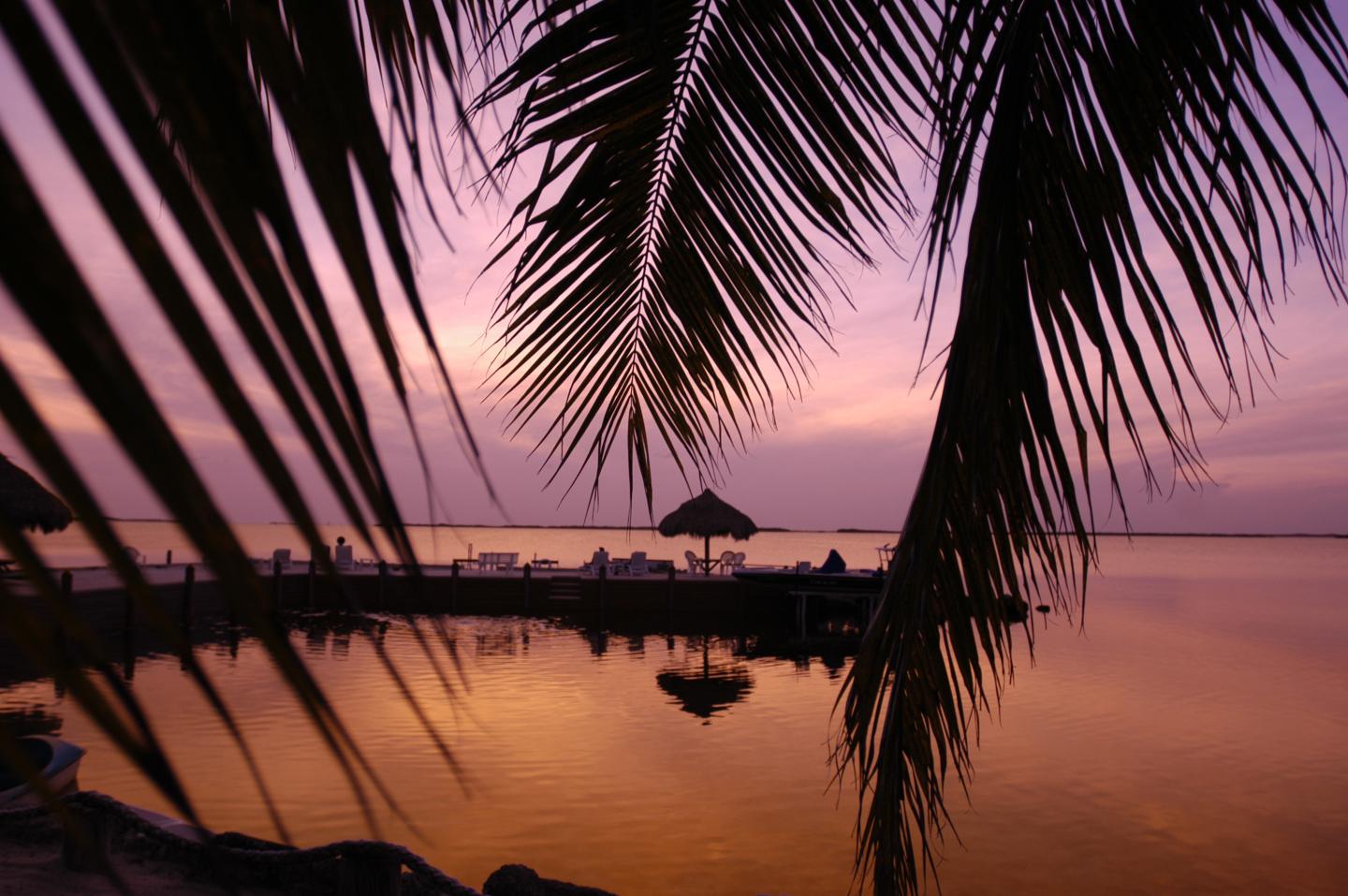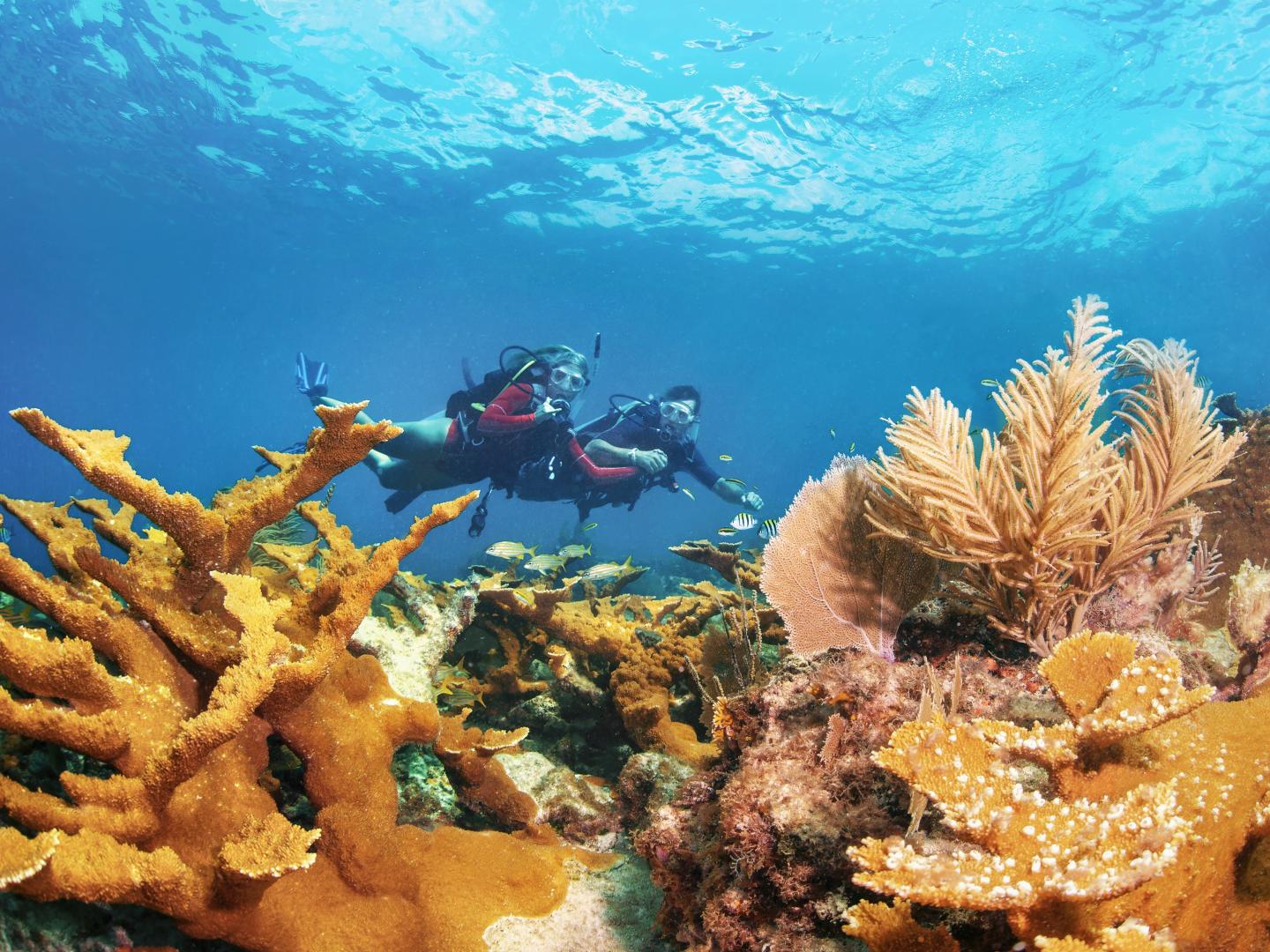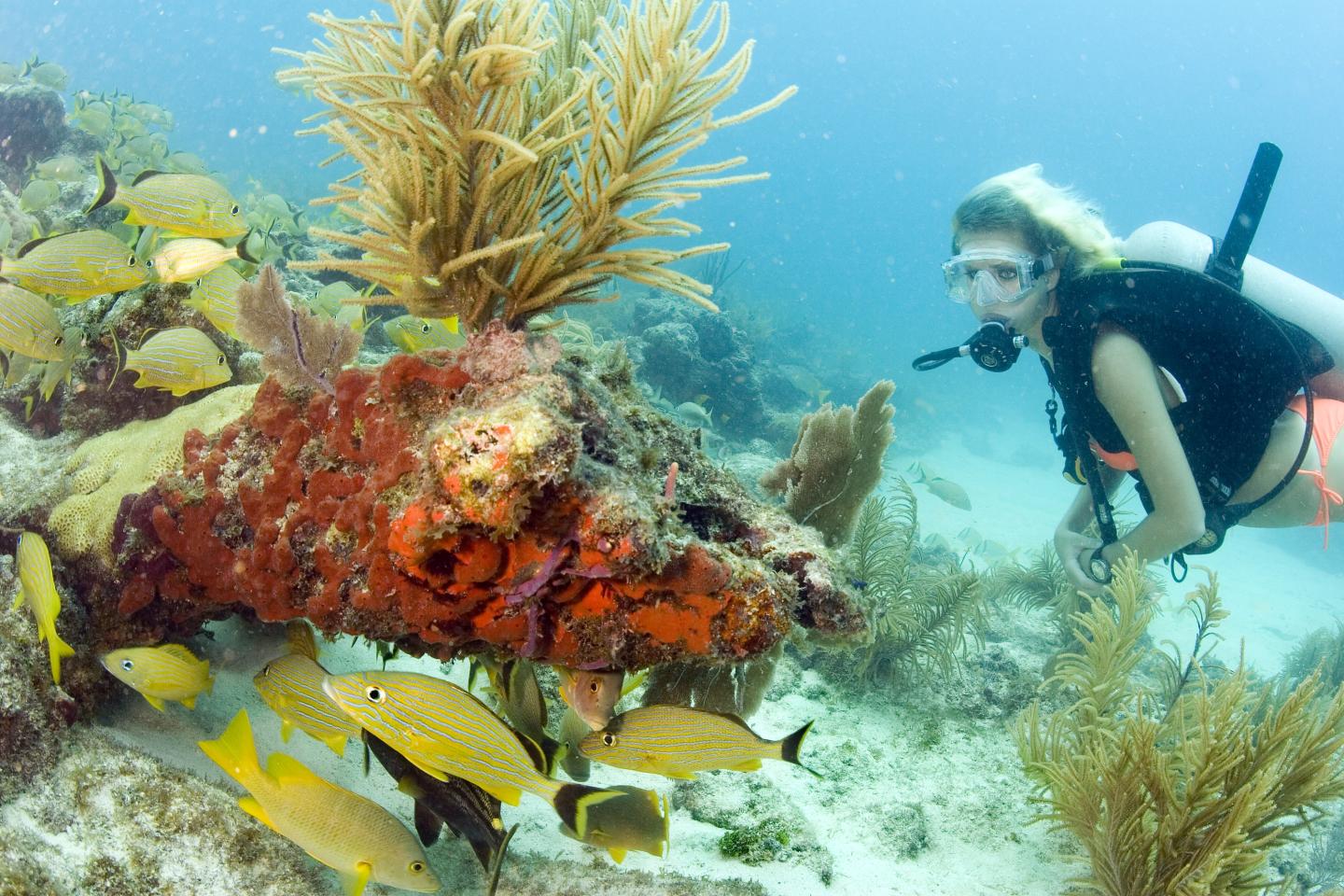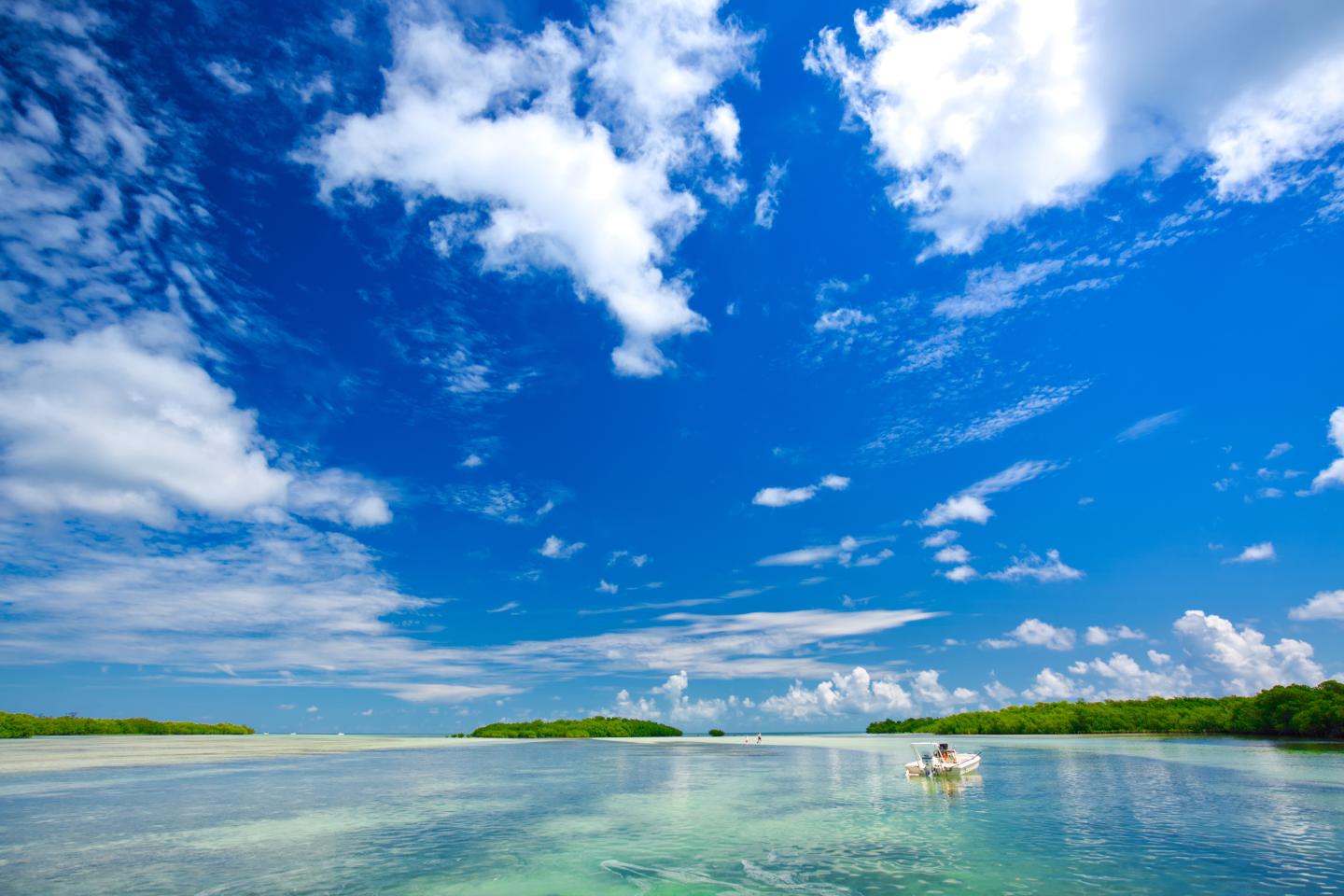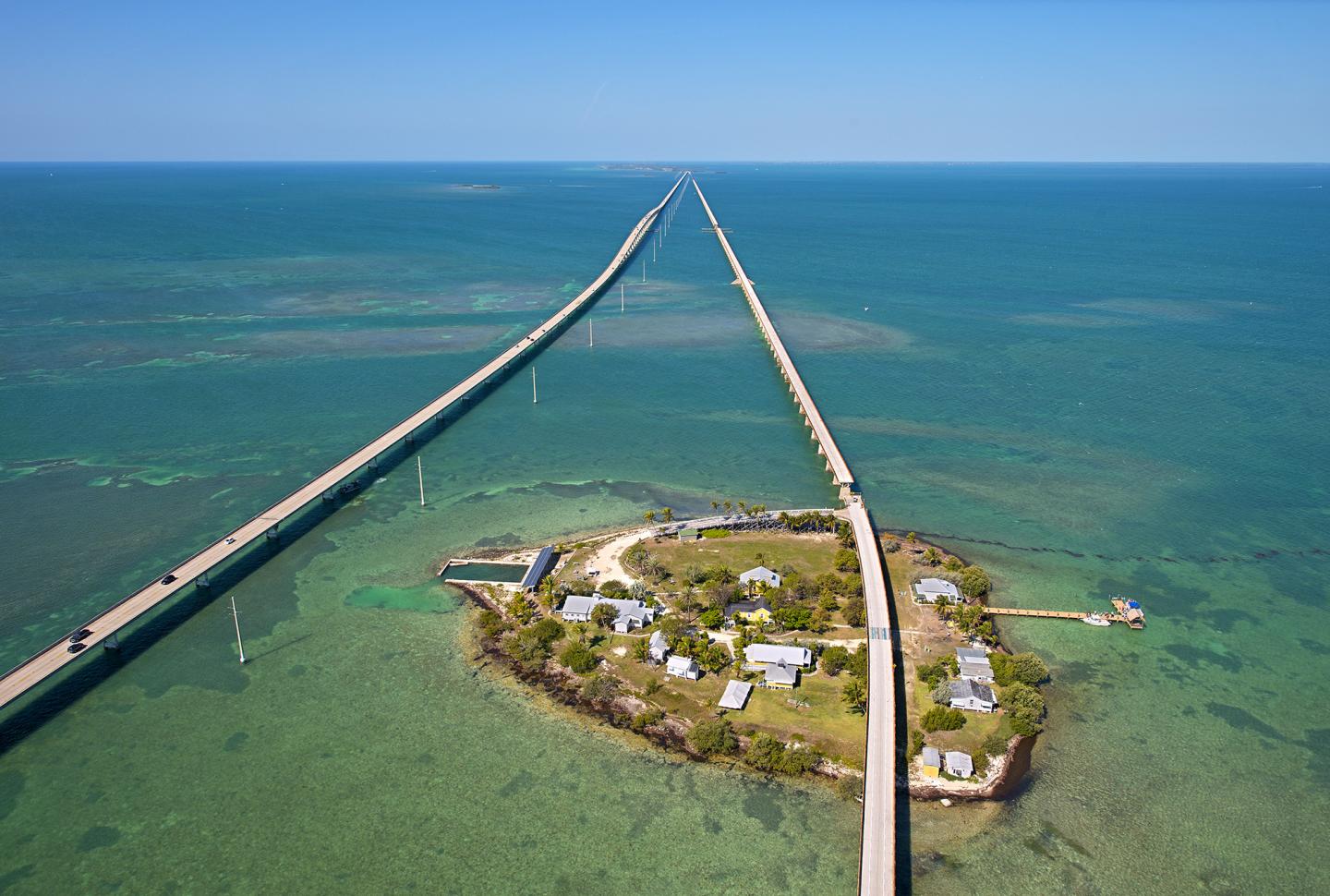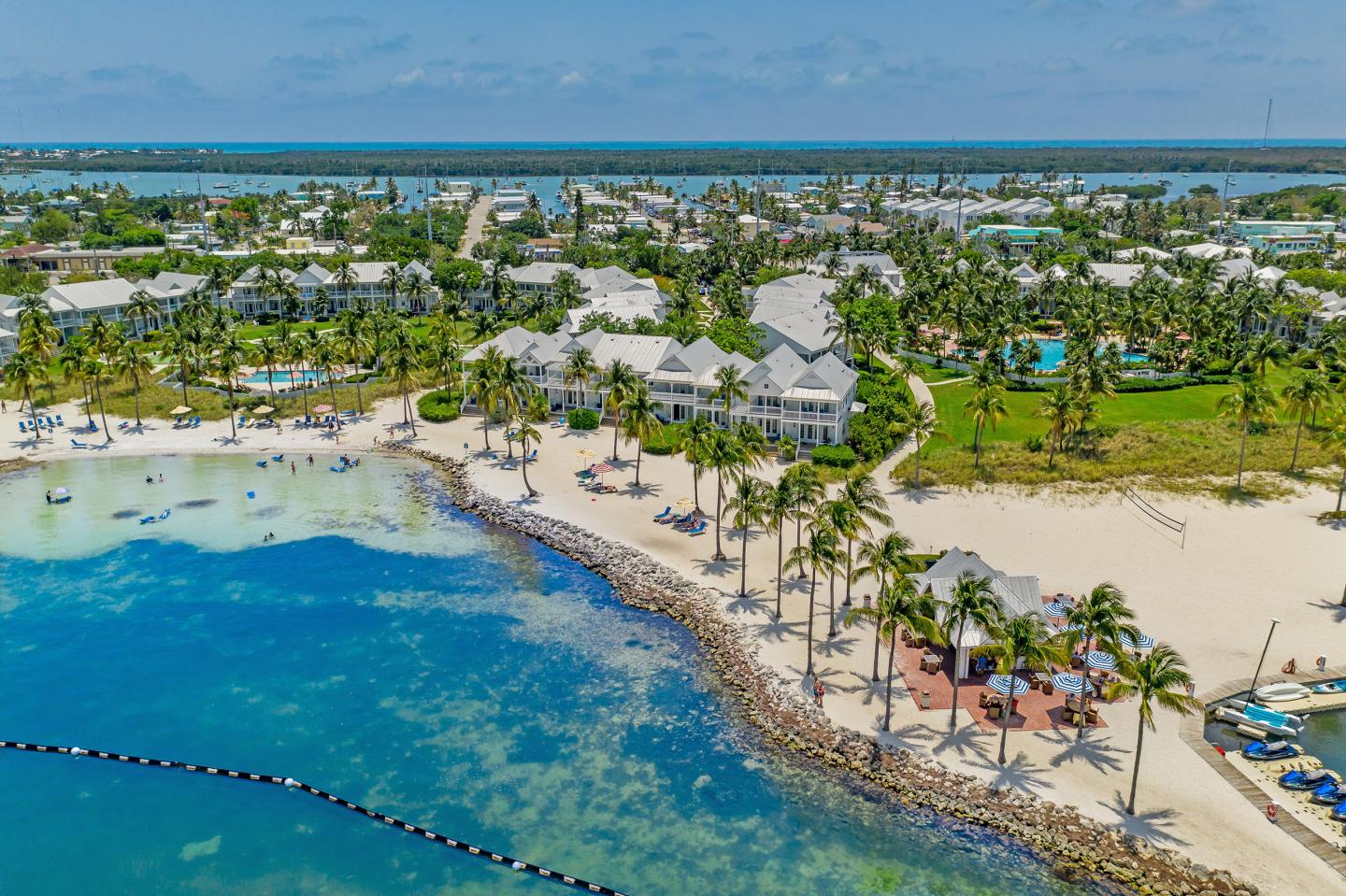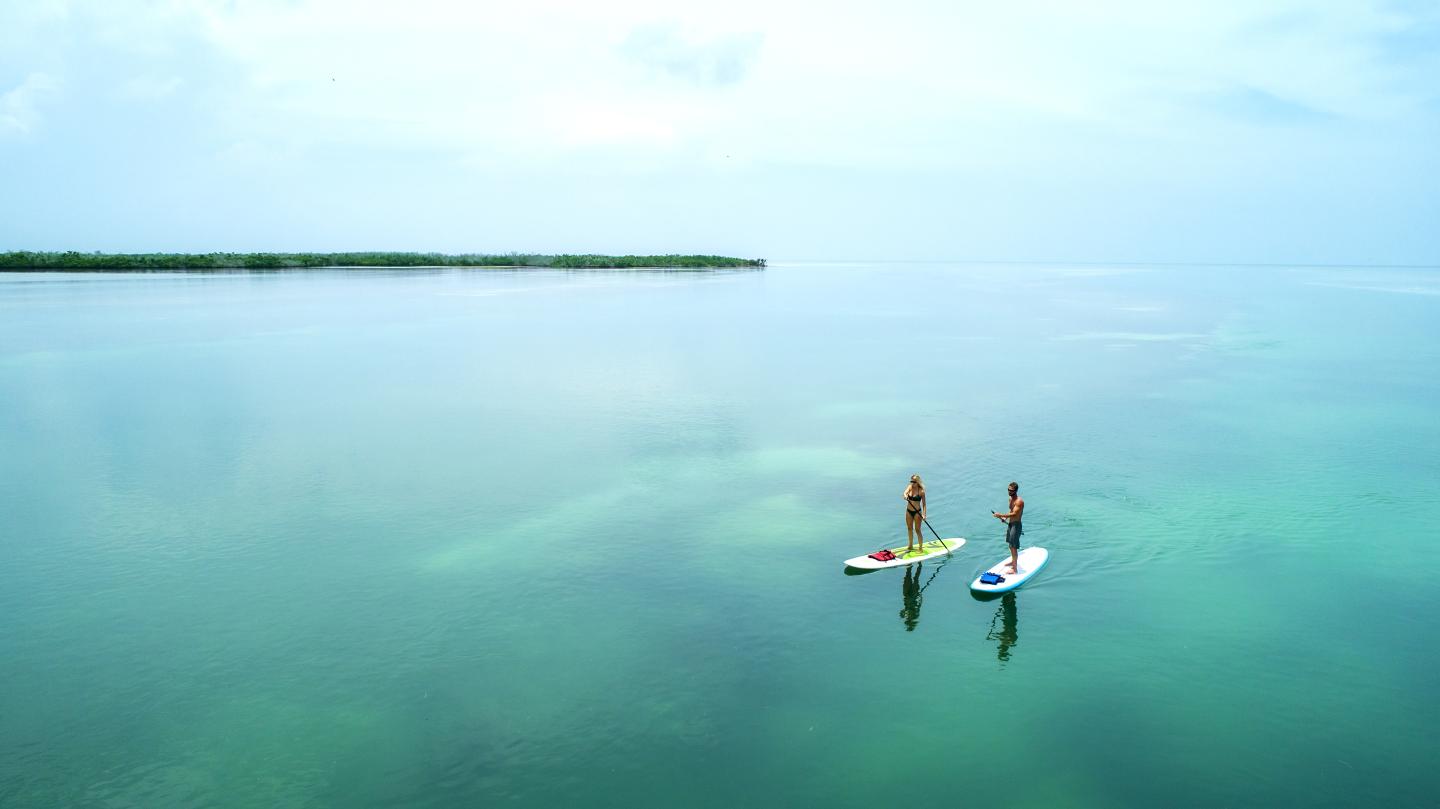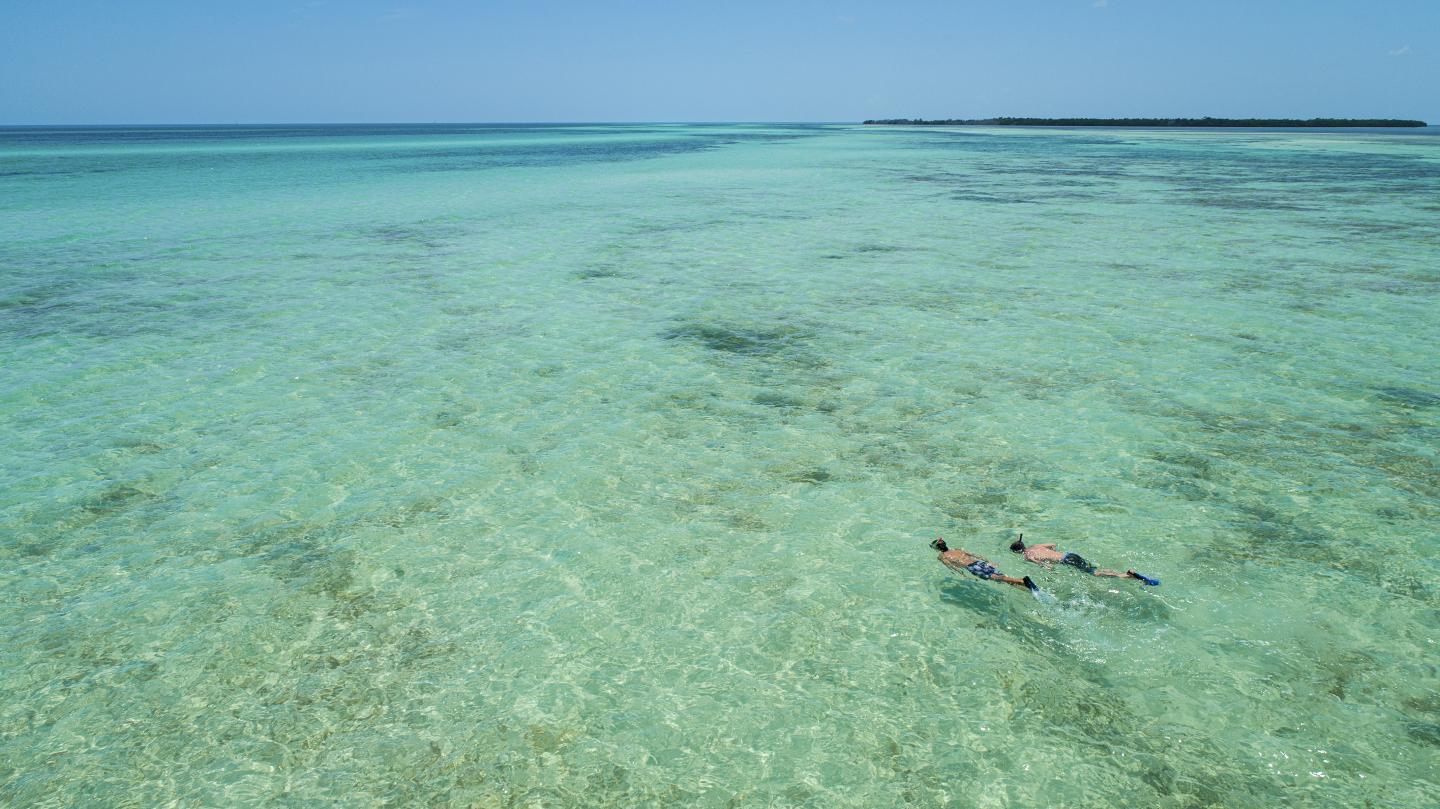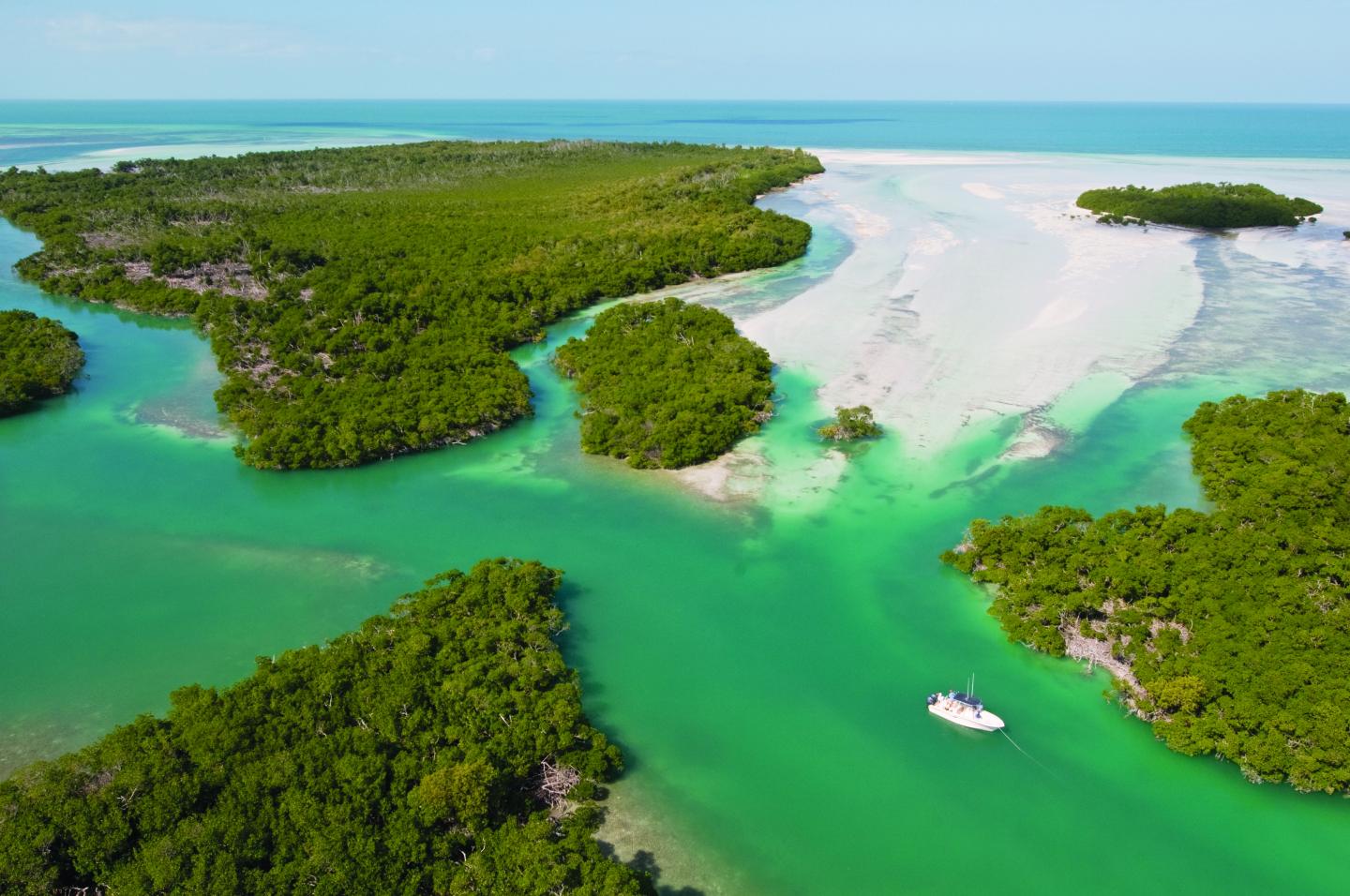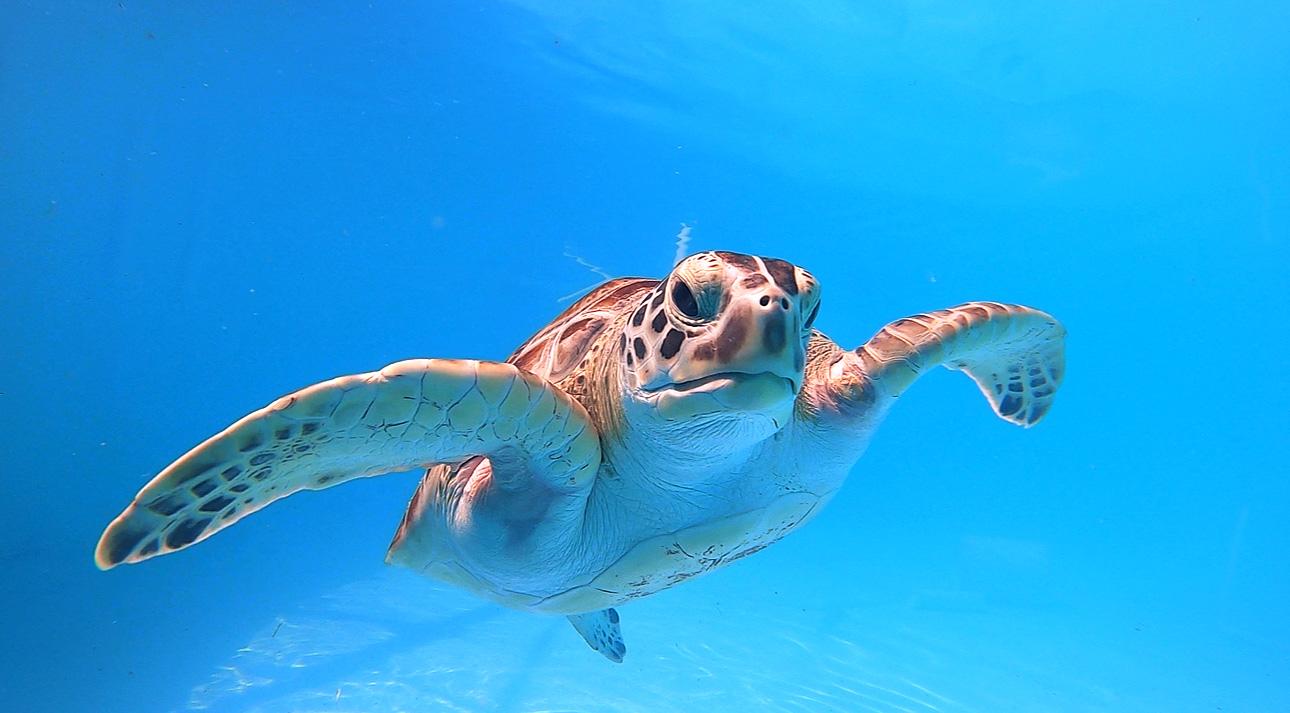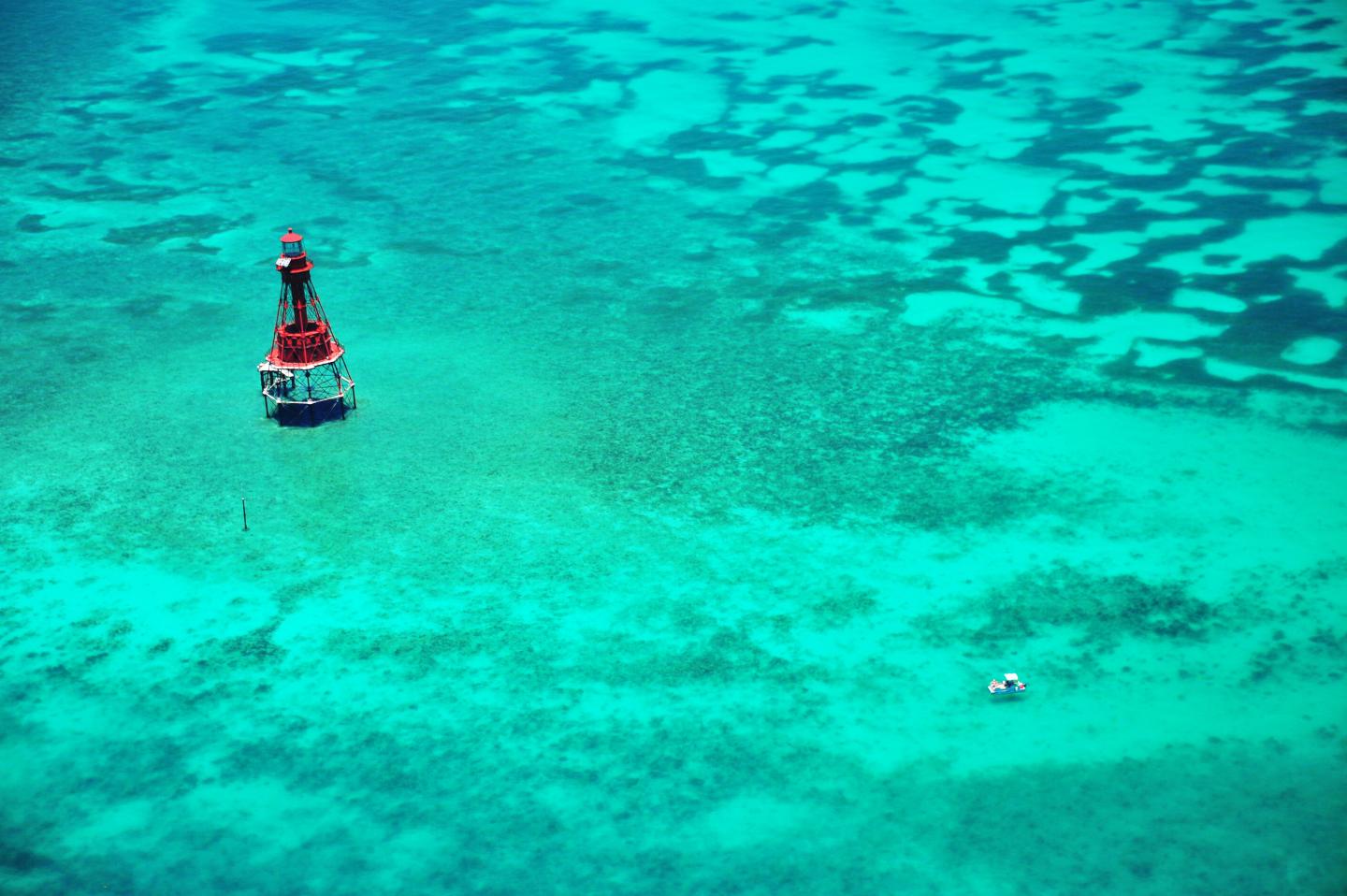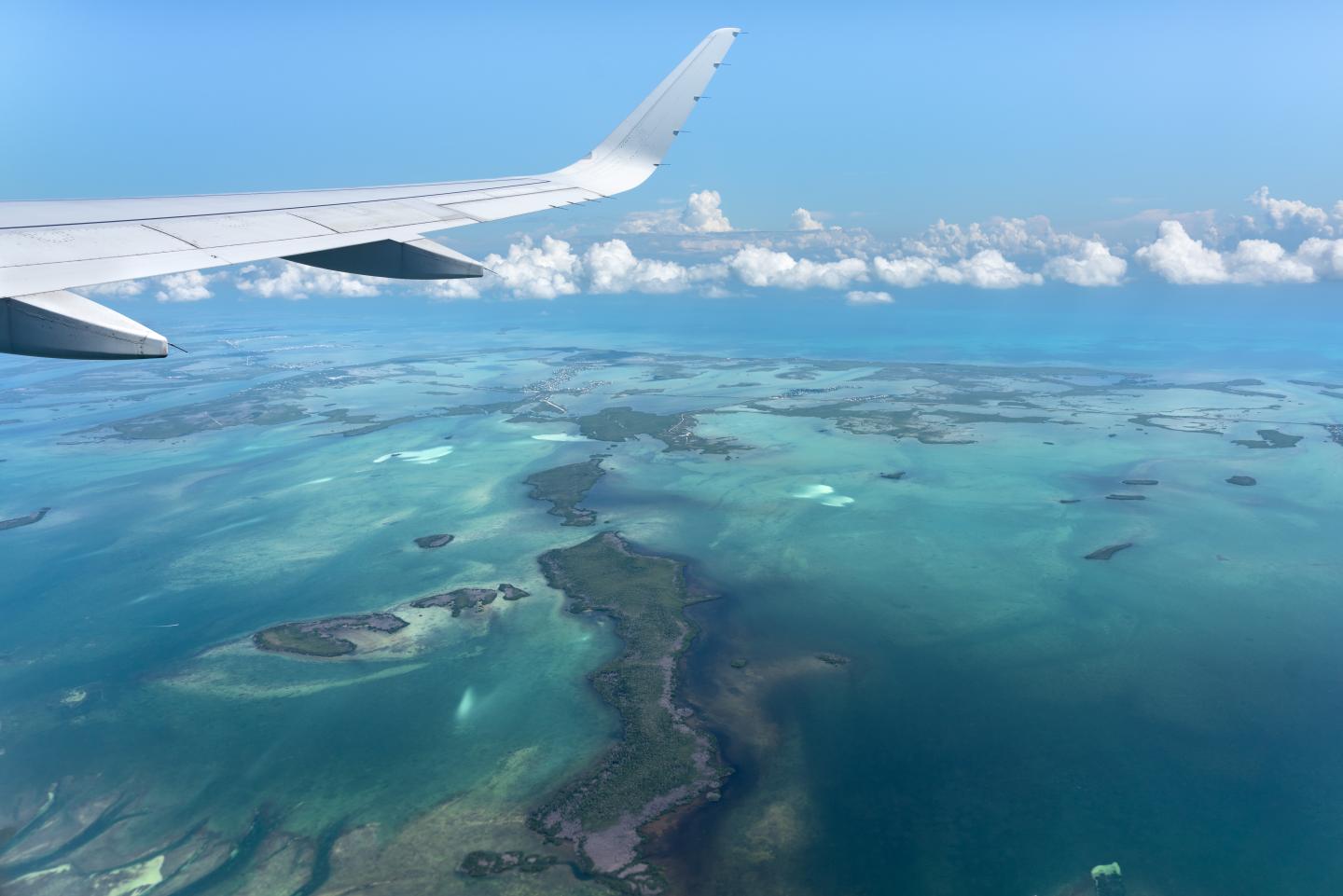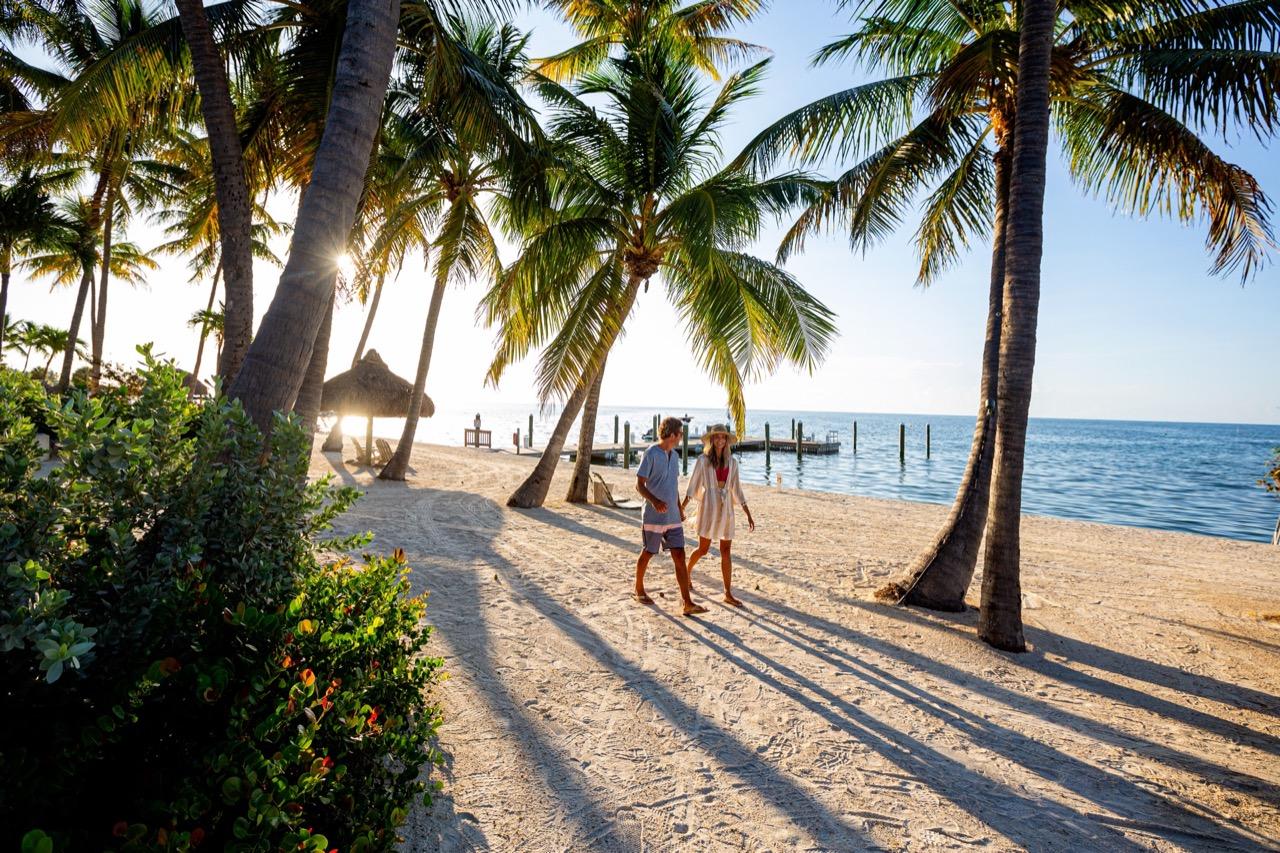
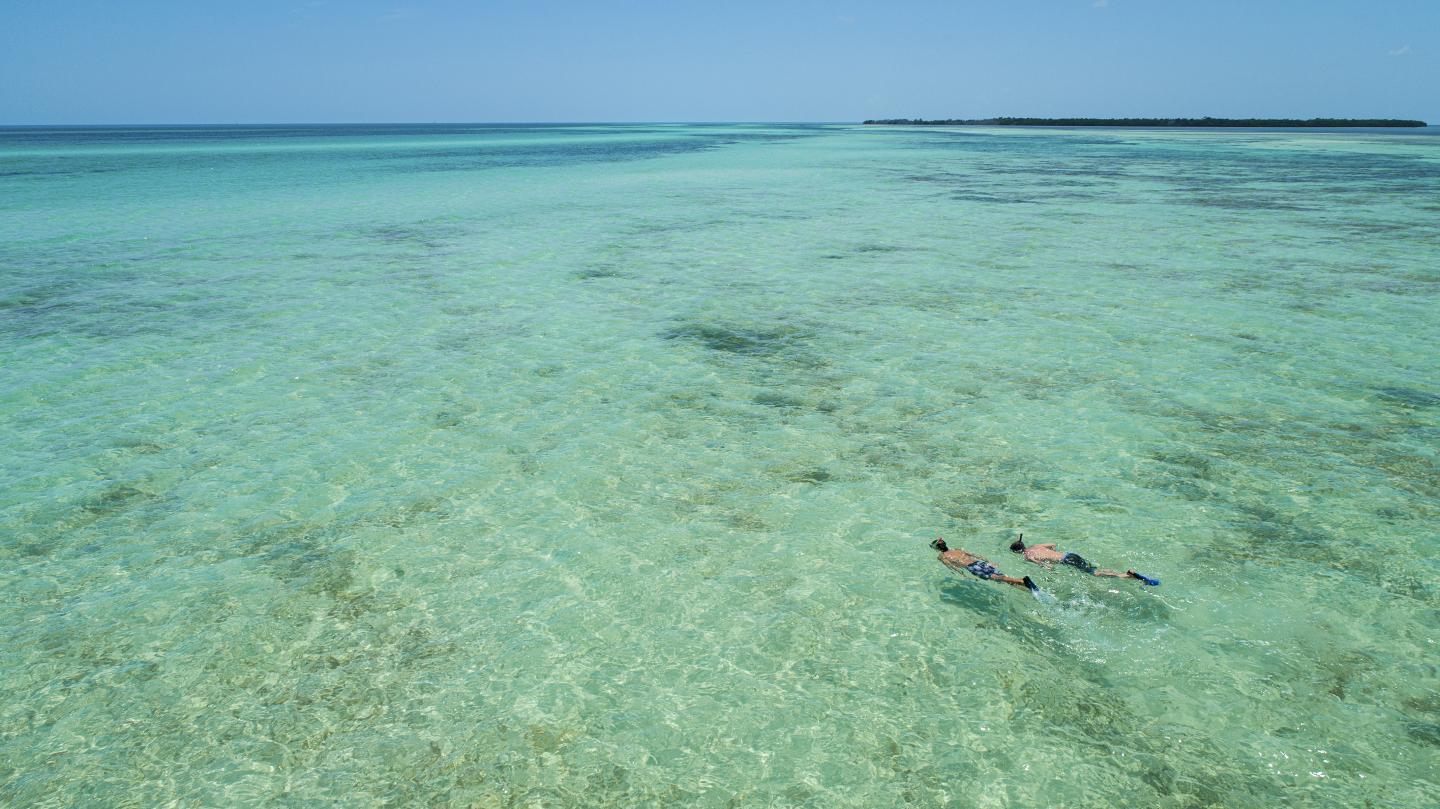
Frequently Asked Questions
Get all your questions about visiting the Florida Keys answered. Not finding what you need? Have a 'conch-versation' with our chatbot Conch-cierge!
How do you pronounce "conch," and what is it?
It’s pronounced konk, like honk. A conch is a large sea snail found in the waters around The Florida Keys. It’s also a local delicacy and cultural icon. The Keys are known as the Conch Republic, a name born from a 1982 protest that celebrates island independence and humor.
Are there alligators or crocodiles in The Florida Keys?
Yes. Alligators live in freshwater, mostly on the mainland, though you may spot a few in the Blue Hole at National Key Deer Refuge on Big Pine Key. The Keys are also home to a small population of American crocodiles, which prefer saltwater. Unlike their larger relatives found elsewhere in the world, these crocodiles tend to be smaller and shy. Learn more about wildlife in The Florida Keys.
How many bridges connect The Florida Keys?
If you're wondering if you need a car, there are 42 bridges along the 113-mile Overseas Highway, linking the islands from Key Largo to Key West. The longest is the Seven Mile Bridge. A car is the best way to explore The Keys at your own pace.
How many Keys are there?
The Florida Keys are made up of more than 1,700 islands, though only about 30 are inhabited. They are grouped into five main destinations: Key Largo, Islamorada, Marathon, The Lower Keys and Key West, each a collection of islands with its own character and charm.
Is the Southernmost Point really the southernmost?
It’s the southernmost point in the continental U.S., located in Key West. But parts of Hawaii are farther south overall. Still, the marker makes for a classic photo and a fun piece of Keys trivia. NOTE: On September 4, 2025, a temporary buoy was established at the southern end of Duval Street (1499 Duval) while the original buoy, seawall and roadway repairs are underway.
Are Key deer endangered?
Yes. Key deer are a small, endangered subspecies of white-tailed deer found only in The Lower Keys, especially on Big Pine Key. They are protected, so admire them from a distance and never feed them. Speed limits in Big Pine and nearby islands are reduced at night because deer often cross or gather along the roadside.
Can I feed manatees or other wildlife in The Keys?
No. Feeding manatees, dolphins, birds or any wildlife is illegal and harmful. It changes their natural behavior and can put them in danger. Look, don’t touch and never feed. Check out our sustainability page for more information.
Who is Betsy the Lobster?
Betsy is a giant 30-foot fiberglass spiny lobster sculpture in Islamorada. She’s a beloved roadside attraction and one of the most photographed landmarks in The Florida Keys.
What is the Bat Tower and is it still there?
The Sugarloaf Key Bat Tower was built in 1929 to attract bats that might help control mosquitoes. The bats never stayed, but the structure became a local landmark for nearly ninety years. Hurricane Irma destroyed it in 2017, leaving only traces behind.
Can I walk or bike across the Seven Mile Bridge?
Yes. The new Seven Mile Bridge is open to both cyclists and pedestrians, though caution is advised due to traffic. You can also walk or bike a restored 2-mile section of the original Old Seven Bridge near Marathon, which leads to Pigeon Key, a historic island that once housed workers building Henry Flagler’s Overseas Railway and is now home to a museum.
Who is Fred the Tree and why can’t you visit him?
Fred is a tree growing out of an old section of the Seven Mile Bridge in the Middle Keys. He’s a local legend and symbol of resilience. You can’t visit him because the bridge is closed to the public and not safe to access, but you can spot him from the newer bridge while driving by.
What's up with the chickens?
Chickens and roosters roam freely throughout The Keys, especially in Key West. They descend from birds brought by early settlers and are protected by law. You’ll often see them in streets, parks and outdoor cafés.
Are there beaches in The Florida Keys?
Yes, but they are not the long surf beaches you might picture from the mainland. The Keys sit on a coral and limestone shelf, which keeps the water calm and prevents big waves from forming. That means you will find lots of beautiful waterfront with unique limestone outcrops and soft ground-up coral or shells and a few sandy stretches too. There are also plenty of sandbars you can visit by boat or on a tour and we do recommend bringing water shoes.
Do I need a passport to visit The Florida Keys?
No. If you're a U.S. resident or citizen traveling from anywhere in the United States, The Florida Keys are domestic. No passport needed.
Are The Florida Keys accessible for travelers with disabilities?
Yes. Many hotels, attractions, parks, and public spaces offer accessible features. Check ahead to confirm specific accommodations.
What should I do if there’s a hurricane warning during my trip?
Follow local guidance and evacuation orders. Monitor weather updates, stay in touch with your lodging provider and have a plan to leave early if needed. Safety always comes first. Visit our hurricane information page for more details.
Is Siesta Key part of The Florida Keys?
No. Siesta Key is on Florida’s Gulf Coast near Sarasota. It’s not connected to The Florida Keys or the Overseas Highway.
What’s the best time to visit The Florida Keys?
Winter and spring are the most popular, with warm weather and low humidity. Summer and fall bring fewer crowds and good deals, but also the chance of rain or storms.
What’s the weather like in The Florida Keys?
The Keys enjoy warm, tropical weather year-round. Winters from November to April are dry and mild, with average highs around 75 °F and lows near 65 °F. Summers from June to October are hotter, with highs near 89 °F, lows around 80 °F and occasional afternoon showers. Learn more about weather in The Keys.
Are The Florida Keys safe to visit?
Yes. Travelers find The Florida Keys safe and inviting, with a welcoming community and plenty of ways to enjoy the islands. Like any destination, it helps to use everyday awareness, but visitors can relax knowing the area is well-prepared for travelers, with friendly locals, attentive hospitality and a laid-back atmosphere that makes exploring The Keys both comfortable and enjoyable.
Are The Florida Keys family-friendly?
Absolutely. There are nature trails, aquariums, boat tours, snorkeling excursions and plenty of family-friendly attractions from Key Largo to Key West. Marathon is especially known for its family-friendly experiences.
What airport is closest to The Florida Keys?
Key West International Airport (EYW) is in Key West. It recently added a new concourse with jet bridges, more seating, dining and faster TSA screening.
Are The Florida Keys expensive to visit?
The Florida Keys offer a range of options for every budget. From luxury resorts to cozy inns and campgrounds, there’s something for every style of stay. Summer and fall often bring better rates.
